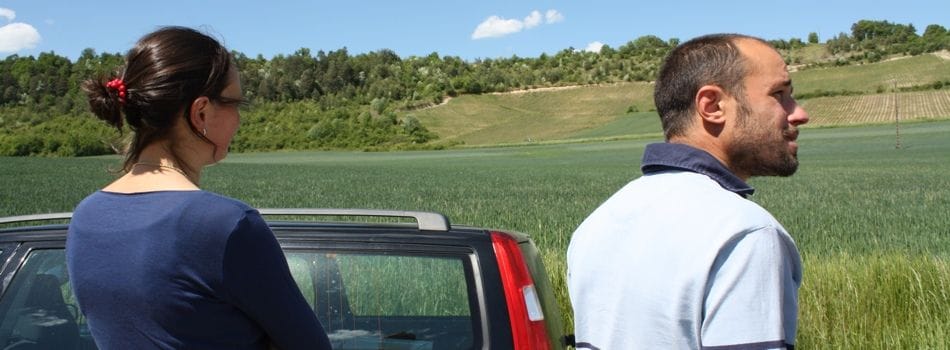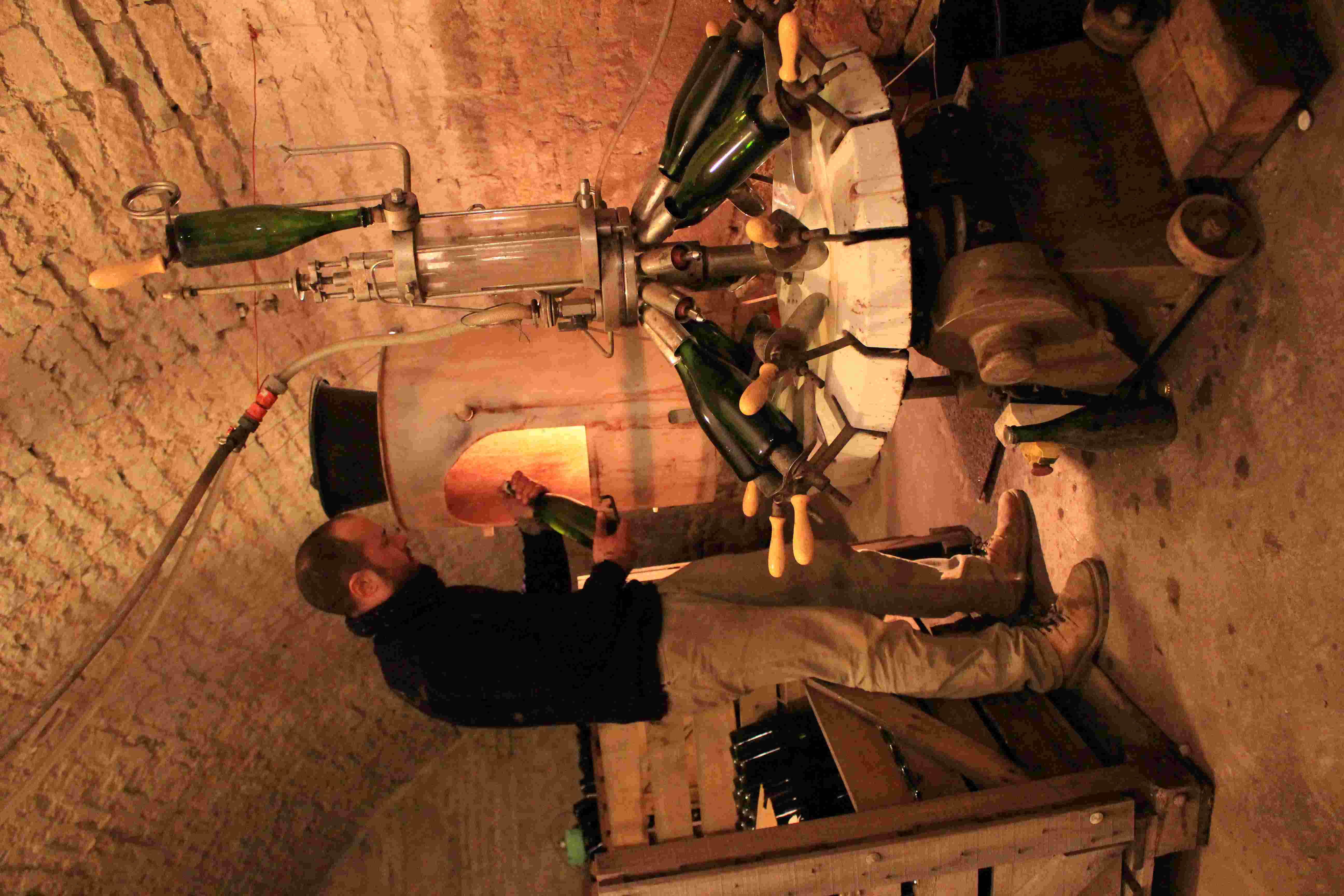
Meet the winemaker: Domaine Alice Beaufort
3 min read
Domaine Alice Beaufort is a winery founded by Quentin Beaufort, named in dedication to his wife, Alice, and as a continuation of his family's work in making fine, natural wines. Quentin's father founded André and Jacques Beaufort (Jacques is his father), which has been producing organic champagnes since 1971.
We spoke to Quentin after including one of his wines in our selection for RAW WINE Club. We hope you enjoy reading our conversation.
Can you tell me about your background - how you came to be a winemaker and what influenced your style of farming and producing?
My father was the first to make organic champagne - in 1971 - for a simple reason: chemicals were simply not available when he started working. I was born into the estate and into the natural winemaking method. We then divided my father's estate between me, my brothers and sisters. At the same time, my wife and I bought 8.5 vineyards in Burgundy. 1 hectare in Champagne was 1 million euros at the time, compared to 50,000 for where we are. You pay just for the name and starting out this way is impossible, so we bought the vineyard just 3km from Champagne - which a century ago was actually used for making it. We are therefore straddling the two estates. I love it because they can't tell us not to do certain things. When regulation gets more and more strict, it starts to all taste the same. Why would you want people in the same appellation all making the same wine? It's crazy! My wish in the years to come is to develop the 'franc de pied' to continue to cultivate the authenticity of the estate.
Can you describe the vineyard?
We grow Pinot Noir and Chardonnay on both estates. For Champagne Quentin Beaufort, I work with my father's oldest vines which were planted in 1969. The harvest is small but very concentrated and was nominated at the Oscars Del Vino for the 2015 vintage. The production is small and makes 2-3000 bottles. The vineyards are in the dawn in Polisy, a village of 180 inhabitants. They are at 250m altitude and face due east with clay and limestone soils.
The Petit Beaufort vineyards are 8.5 hectares, with 6 of Pinot Noir and 2.5 of Chardonnay. One parcel of 1.5 hectares is separated from the rest of the estate and is located in the woods, on a plateau at 315m. The second parcel of 7h is in Pothières, half of which is on a plateau and the other half on a hillside. This is the main part of the estate with a clay-limestone soil which is ideal for making bubbles because it is a soil that brings freshness.
The vines on the hillside are situated at 240m and are on marl which generates fatter and less fresh wines - ideal for red and white Bourgogne wines. The interest of the vineyard is this diversity of soil. To be able to work the land, I chose to leave a vegetation cover to avoid slipping and to avoid rain gullying. From our vineyards, we can observe a magnificent plain where the Mont Lassois is located, where the famous Vix vase was found in a princely tomb, a 100L Gallo-Roman vase that was used to contain wine.

Can you talk me through the process of making this wine? What vessels did you use?
The grapes are harvested manually. The vinification is done in old 400L barriques of less than 7 years old. I do not use new vats to avoid astringency and to avoid breaking the fruit and favouring the work of the yeast. Everything is made with indigenous yeasts.
The bottling is done just before the harvest. I keep the fine lees and wick the barrels with sulfite sticks. I put the following grape must in these barrels so that it is in contact with the yeasts from past year in order to keep a continuity, a living signature of the wine.
At the end of fermentation, I rack and wash my barrels. I then put the wines back in to sleep for 8/9/10 months. This way, I considerably reduce the use of water.
Do you use any sulfites?
Yes, I do use sulphites in the barrels and during disgorgement. I never use sulphites in the vineyards. In total SO2, the results are generally between 10 and 30 mg/L.
Visit Domaine Alice Beaufort's RAW WINE profile to learn more about the winery and discover which RAW WINE fairs they're pouring at soon.


